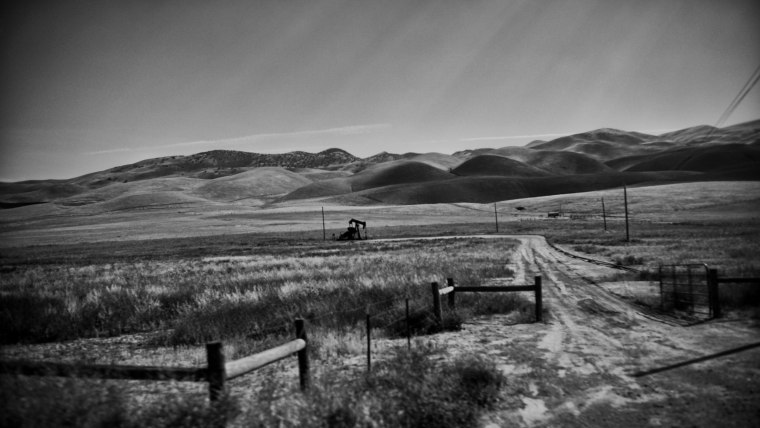All across the U.S., families are struggling to make ends meet and put food on the table. And while poverty may look different from the Southwest to the Rust Belt, the numbers are singularly staggering. Forty-five million citizens meet the official guidelines for poverty as defined by by the Department of Health and Human Services.
Here are five facts that might change the way you think about poverty.
Poverty is impacting kids.
For the first time in more than 50 years, the majority of America’s public schoolchildren are living in poverty.
According to the Southern Education Foundation, low income students now make up a majority of the schoolchildren attending the nation’s public schools.
Poverty is different along racial lines
African-American households are more than twice as likely to struggle to put food on the table because of financial difficulties as white, non-Hispanic households.
According to Feeding America, counties with majority African-American populations are disproportionately represented among the top 10% of counties with the highest rates of food insecurity.
There are more homeless students in the United States than ever before
According to the Department of Education, during the 2012-13 school year, 1,258,182 public school students across the U.S. were homeless. Of these students, 75,940 are unaccompanied young people living on their own.
Poverty is worse for women
Women are more likely to live in poverty than men. Female headed households are more likely to live in poverty. It’s even worse for black and Latina women, who are twice as likely to live in poverty as their white counterparts
Income inequality is getting worse
The gap between America’s poor and America’s wealthy is staggering. According to the Pew Research Center, in 2013, “the median wealth of the nation’s upper-income families ($639,400) was nearly seven times the median wealth of middle-income families ($96,500), the widest wealth gap seen in 30 years when the Federal Reserve began collecting these data.”
To learn more about poverty in America, check out the Geography of Poverty project
